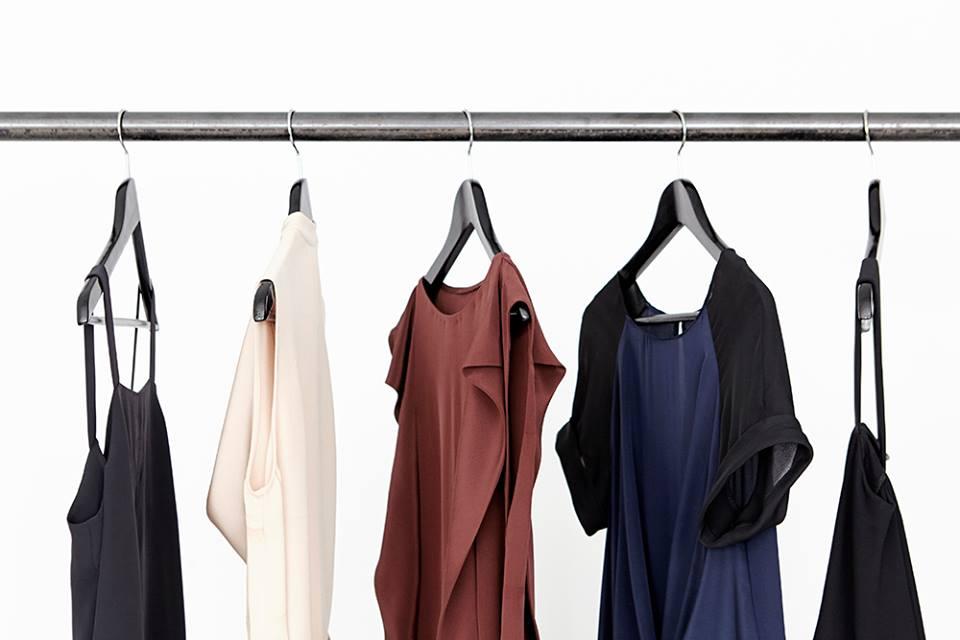
In the new world of fashion, smart solutions are solving some of the most pressing issues when it comes to apparel production.
Retailers and designers are abandoning antiquated models of forecasting and yearlong design planning processes in favor of high-tech business platforms that empower the consumer as both buyer and style dictator. The proliferation of brands adopting user-generated, or “crowdsourced,” solutions such as Kickstarter and Krush to bestow their latest designs on the masses benefit greatly from predicting needs, scaling production and receiving upfront payments before ever hitting the cutting room floor.
Today’s online retail environment presents several opportunities for discovery and environmental stewardship. Audience engagement early in the design process provides customer agency and early adoption. By leveraging crowdsourcing as a feedback tool for production prediction, designers reduce risk and long-term environmental impact from over-production.
"Fashion crowdsourcing is the Internet-era combination of two venerable retail strategies: satisfying demand and building customer loyalty," explained Susan Scafidi, professor and academic director of the Fashion Law Institute at Fordham Law School in New York City to DailyFinance.
The co-creation model provides a powerful tool for customer engagement. A study by the Cone Communications research group revealed that 84 percent of Americans believe their ideas can help companies create products and services that are a win for consumers, business and society. Roughly 60 percent of people surveyed were more likely to buy a company's products and services if the company incorporated their ideas.
Carte Blanche allows users to vote on which styles will be manufactured. As they vet their final design by their audience, users become fully engaged in the design process from sketch to fabric to fit. The winning item is then produced by high quality craftspeople and delivered to customers at their true cost.
Luevo — a fashion retail site for eco-friendly, ethically made clothing — puts customers in the driver’s seat by letting them fund independent designers while placing a reserve on products they love before they go into production.
Brands course-correct through the crowdsourcing model by reducing production to only what is asked for in lieu of what they predict the end-user might buy. The average person wears only about 20 percent of their wardrobe — efficient evidence that involving consumers in the design process has the potential to increase satisfaction and decrease the problematic reality of an estimated 14.3 million tons of textile waste sent to landfills each year.
“Crowdsourcing allows me to draw resources away from less popular styles and focus time, money, and energy into producing only the most successful ones,” Carte Blanche founder Monica Noh told Fast Company. “We eliminate guess-work in the design process and show the customer the materials we've chosen, how each garment has been designed, and where we're producing them so we only make what we need and virtually eliminate overproduction.”
As designers large and small adopt the brand-consumer collaborative relationship, the fashion world has the potential to slowly re-shape its practices in an effort to win the hearts of increasingly conscious consumers.
Image courtesy of Carte Blanche

Sherrell Dorsey is a social impact storyteller, social entrepreneur and advocate for environmental, social and economic equity in underserved communities. Sherrell speaks and writes frequently on the topics of sustainability, technology, and digital inclusion.














